Introduction to Travel
The neighborhood of Cheongwadae (Blue House) is known for its excellent topography since ancient time. Not only was the back garden of Gyeongbokgung Palace situated here, it was also the venue where state examination and martial arts competition were held when Gyeongbokgung Palace was reconstructed in 1868 (fifth year of Emperor Gojong’s reign). A variety of attractions surrounding Cheongwadae Sarangchae are not to be missed. Just opposite of Cheongwadae Sarangchae is Gyeongbokgung Palace, along with Samcheong-dong, Bukchon Village on the left, and Seochon Village and Tongin Market on the right. Just a short walk from Cheongwadae Sarangchae is Gwanghwamun Square, an area where history, culture and the beautiful landscape of Seoul harmonize into one tranquil space, great for those seeking a free and easy walking tour in the city.
01. History Tour Course
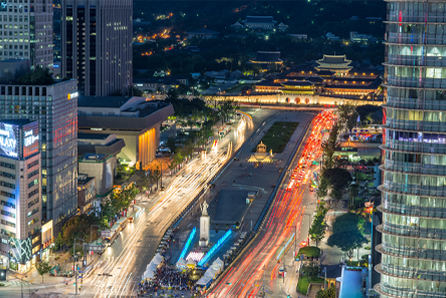
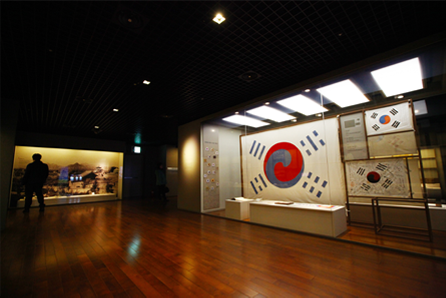
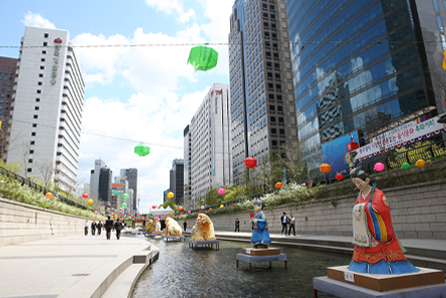
A space that is frequently compared to New York’s Central Park in the United States is located at the center of Seoul. Gwanghwamun Square is a place where one can take a breather from the jungle of buildings. The highlights of the area are Gwanghwamun Square stretching out from the main gate of Gyeongbokgung Palace, and Cheonggye Plaza, the starting point of a refreshing stream running through downtown Seoul. If you would like to enjoy a fruitful day in Seoul, make sure to visit Gyeongbokgung Palace, The National Museum of Korean Contemporary History and other nearby spots where you can learn about the rich history of Korea!
02. Alley Travel Course
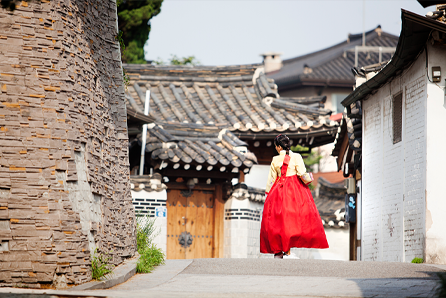
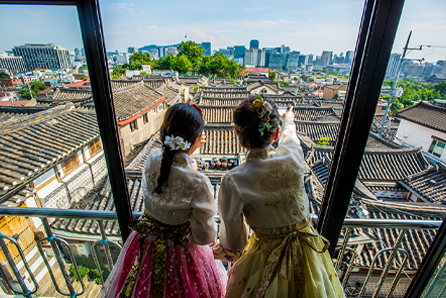
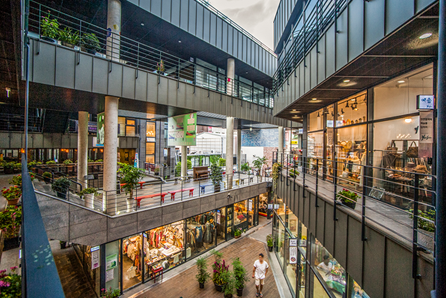
Bukchon Village nearby Gyeongbokgung Palace is a village where the traditional Korean image is well kept. Bukchon is very dense with hanok (Korean style house) like those which people can see in historical dramas. Insa-dong is an energetic street of traditional culture. Samcheong-dong has exotic cafés and handcraft workshops created by the hands of young artists. Simply walking in the above places provides satisfaction to all five senses. With a camera in hand, tourists who want to create an unforgettable memory will surely be satisfied with this course.
03. Memories Travel
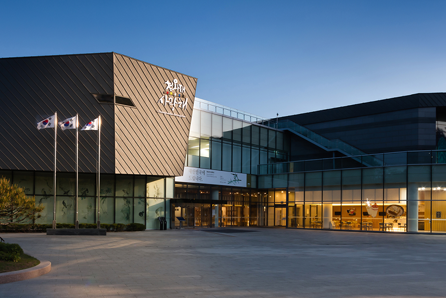
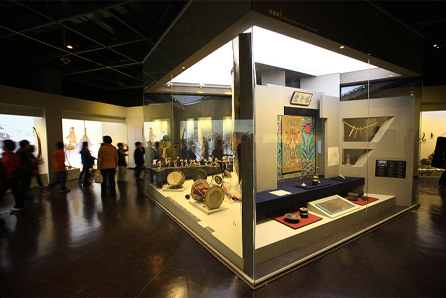

Visitors can meet with Seoul’s past as they walk from “Street to the Past,” beginning at the front of National Folk Museum to Seochon Village, while bypassing Cheongwadae Sarangchae and Tongin Market. Seochon Village, located west of Gyeongbokgung Palace, is a village full of warm-heartedness.
There are many old alleys and buildings, surrounded by a friendly atmosphere as there are no high-rise buildings. Tourist Course 03 is a one-day course that shows visitors, “This is how Seoul looked in the ‘70s and ‘80s.”
